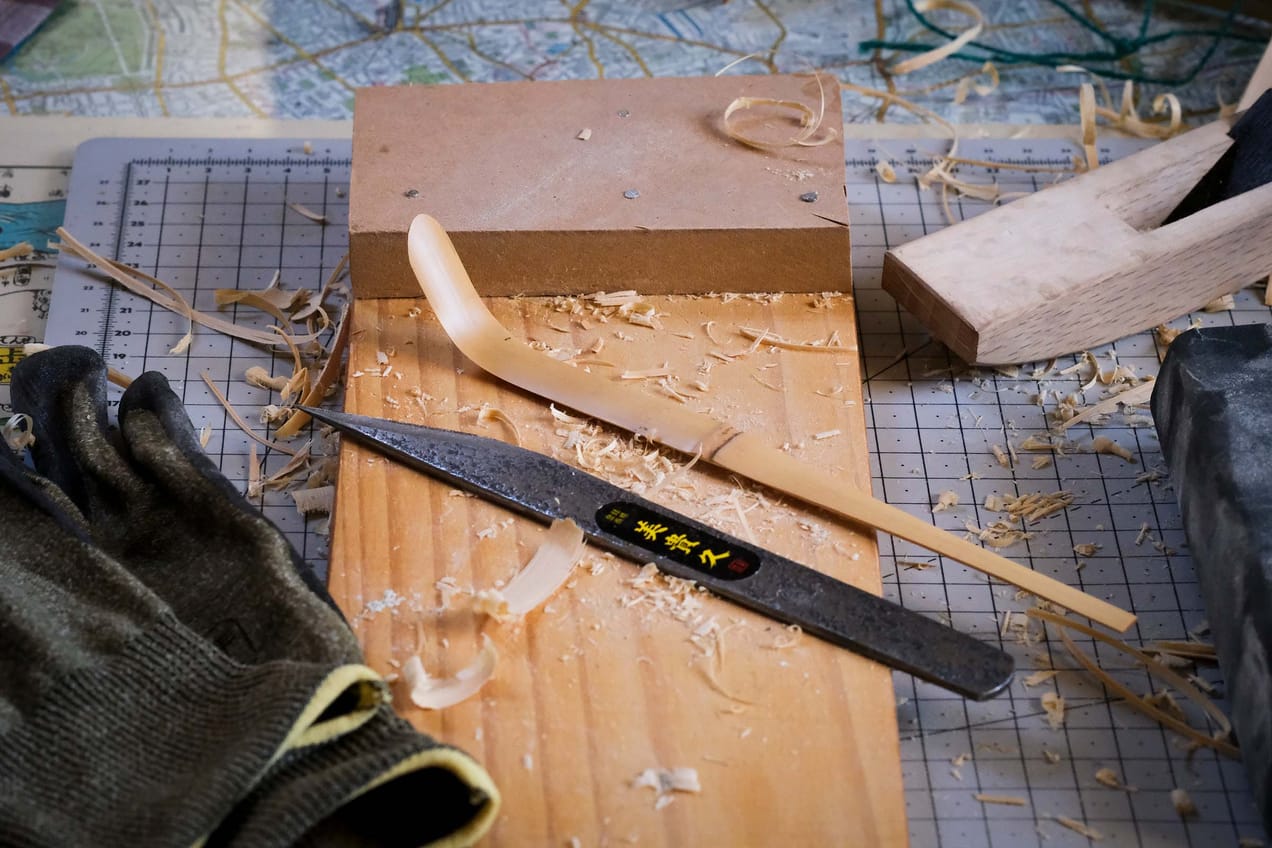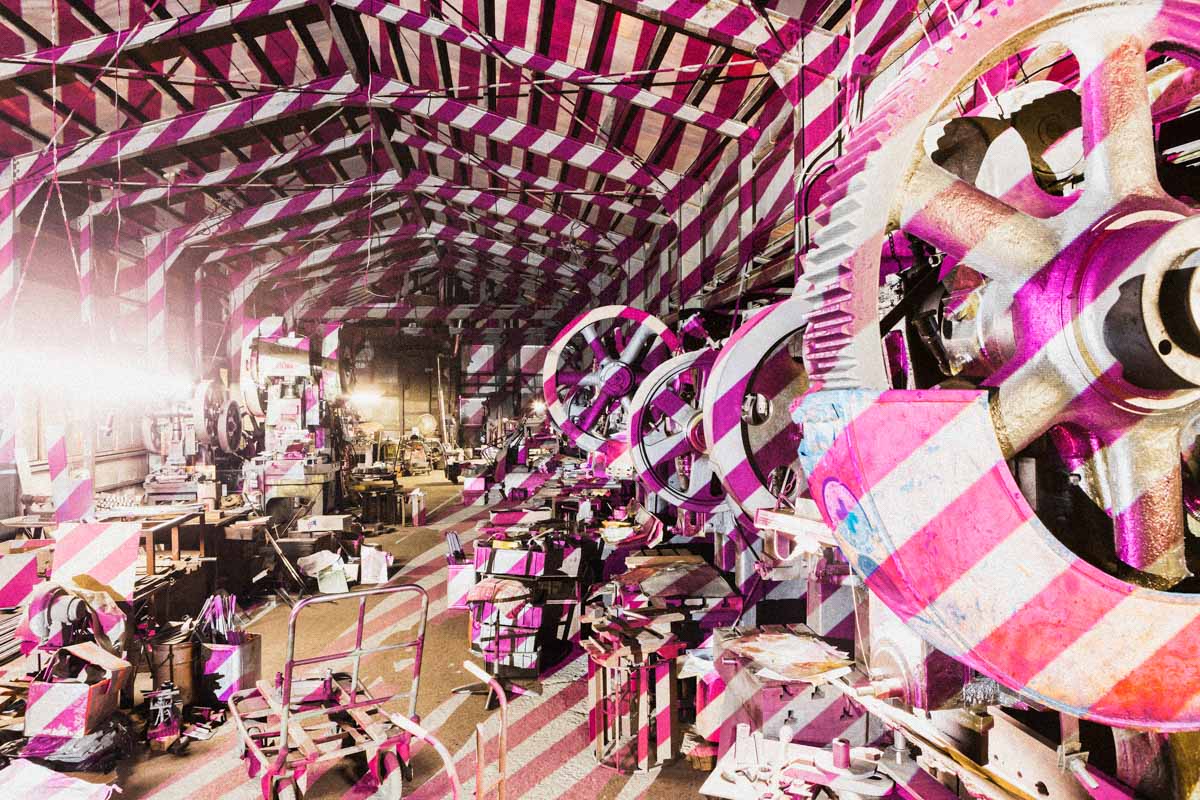
The Tsubame-Sanjo Factory Festival
When our attention is being sucked away by digital gadgets, how can you help people understand the value of well made products and create a closer connection to their makers?
For the Japanese manufacturing district of Tsubame-Sanjo, the answer was rooted in the simplicity of direct human experience: to organise a festival and invite everybody to visit the factories. This was the origin of the Tsubame-Sanjo Factory Festival, also known as Kouba no Saiten, back in 2013.
Located in the Niigata Prefecture of Japan, the area surrounding the cities of Tsubame and Sanjo is responsible for the production of 90% of Japan’s cutlery and a vast number of different tools and products. Since the Edo period in the 1600’s, blacksmithing and metalworking craftsmen have been passing on the tradition of how to make things as varied as Japanese nails, kitchen knives, Japanese razors, kiseru tobacco pipes, and all kinds of hoes. But as in most of the industrialised world, and particularly in Japan, the craftsmen are growing older, the youths are migrating to the big cities and no one is left to take on the knowledge. Industrialisation has also meant the proliferation of lesser quality, cheaper products.
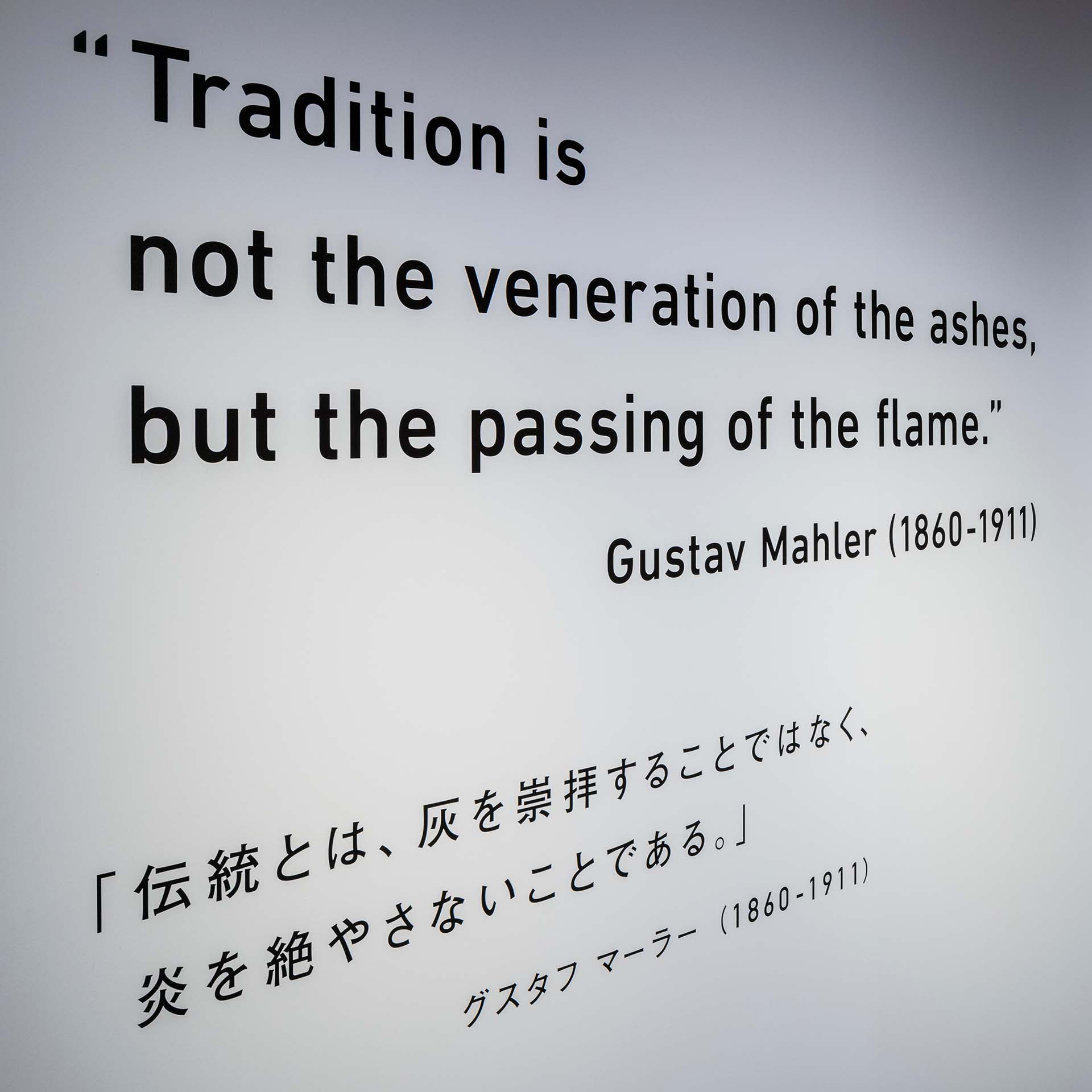
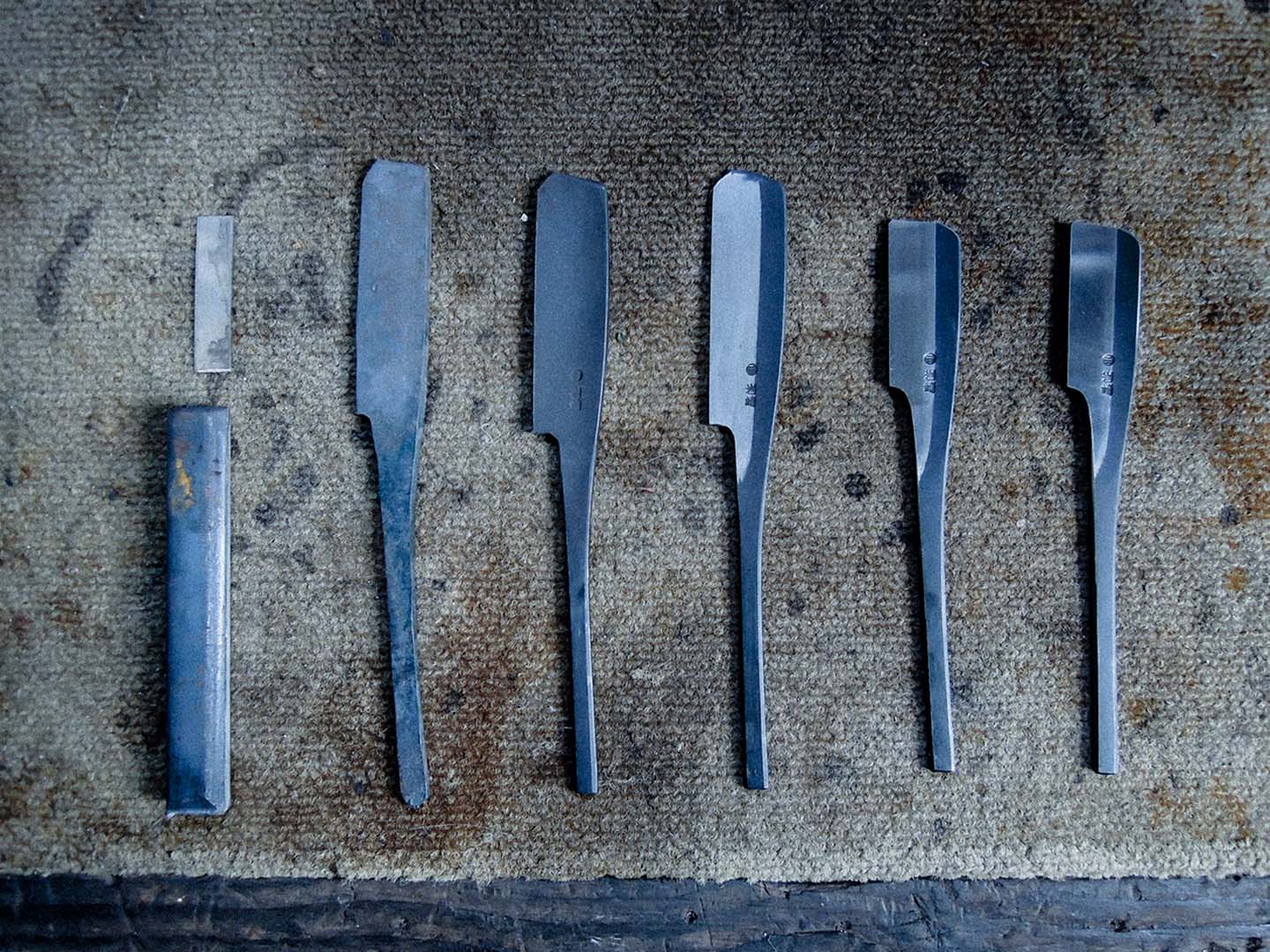
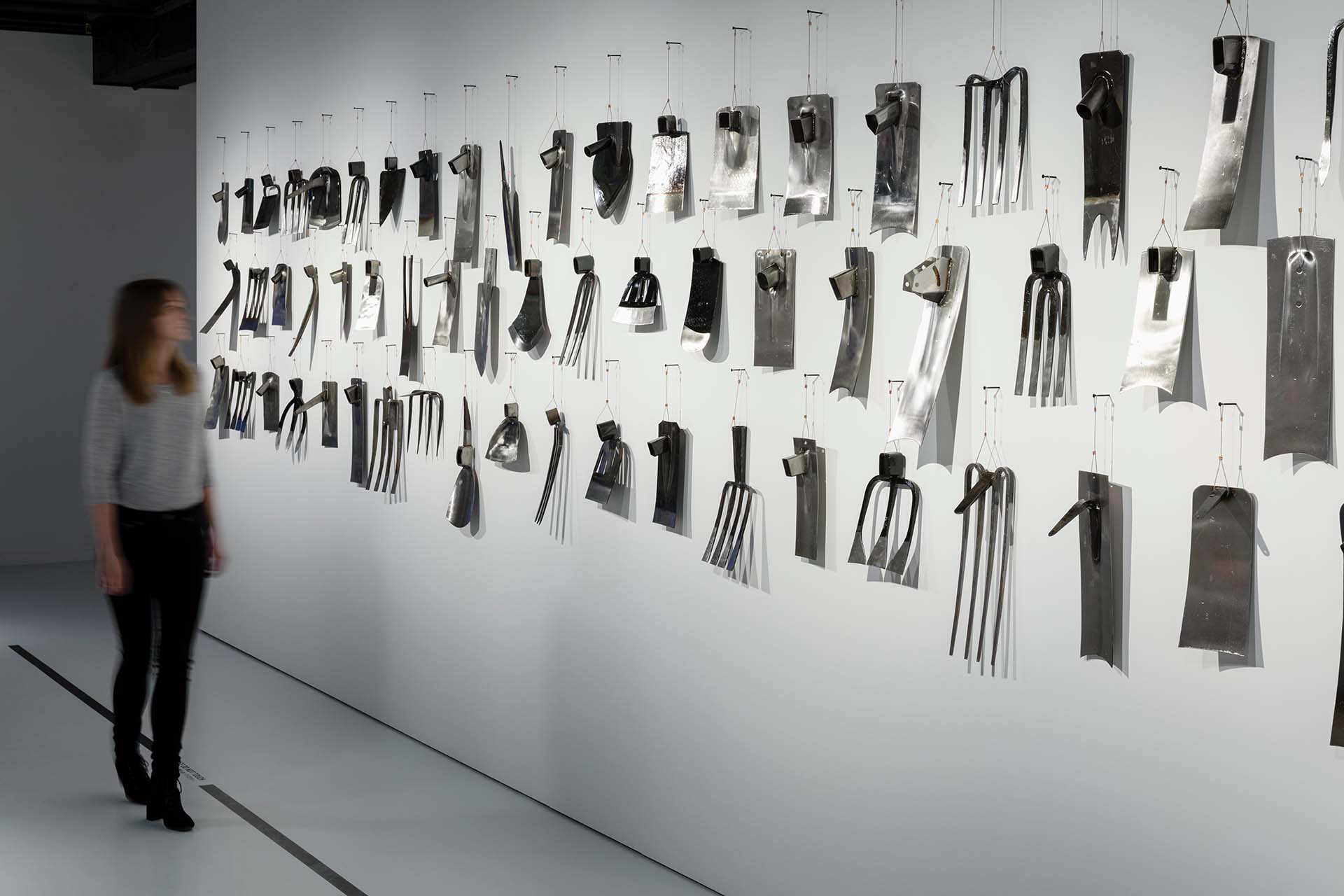
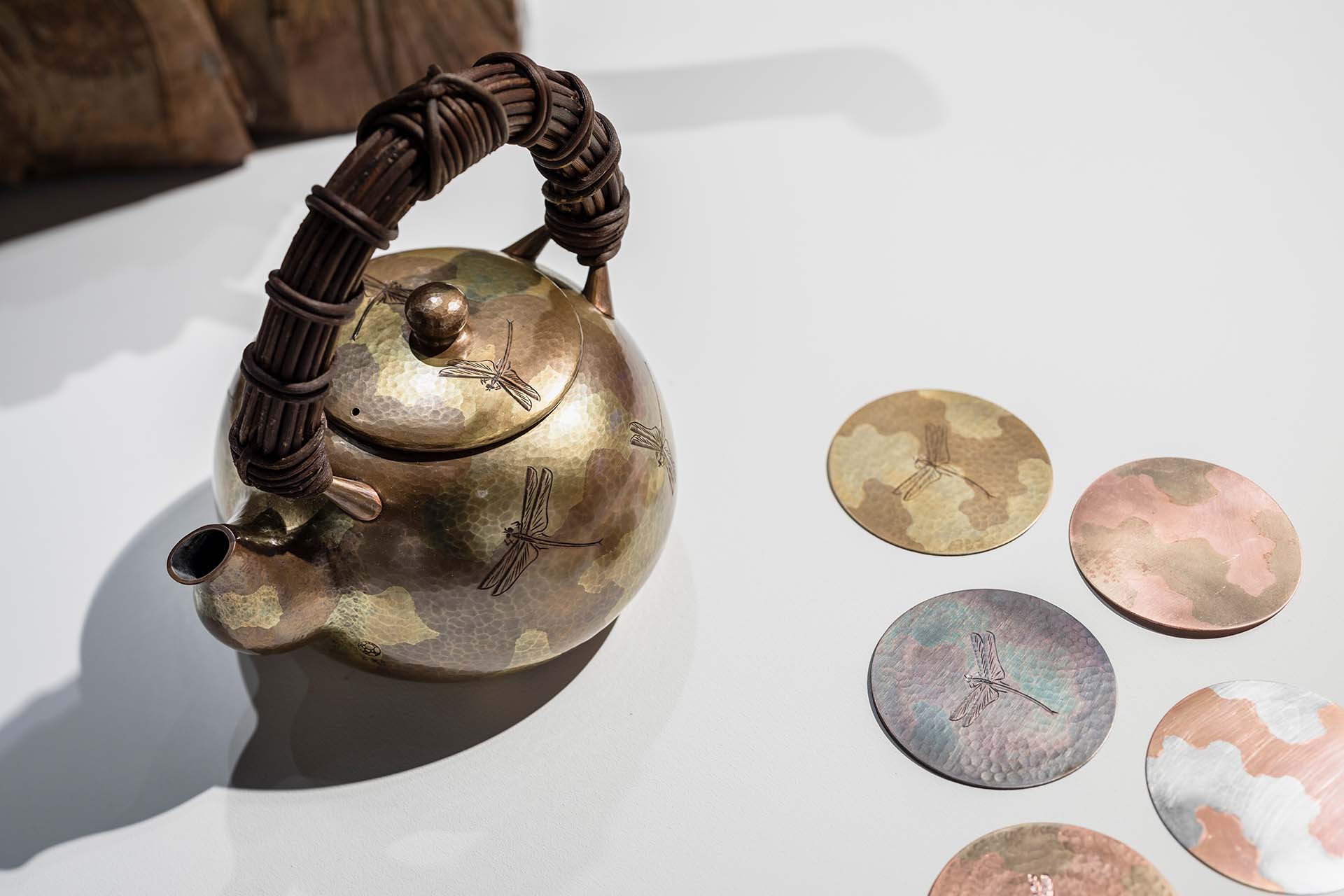
Biology of Metal exhibition. Photos courtesy of Japan House London
Shop Producer Yu Yamada and SPREAD, the creative studio by Hirokazu Kobayashi (Koba) and Haruna Yamada (Haru), were tasked with creating an annual gathering that would increase the awareness of local products, produce and craftsmanship from large scale industrial factories to one-person artisan workshops.
SPREAD took an unconventional approach which included adding colour to what’s per se a very grey area due to its industrial nature and harsh weather. They noticed that the colour of the fires in use was pink rather than red, and the factories themselves embodied different hues of silver, so they adopted these two colours to identify the new initiative. Haru and Koba designed a pink t-shirt and soon realised it made them feel more cheerful, creating an emotional reaction similar to that of the traditional happi, the light coat used by participants at Japanese festivals.
During their own visits, they found that while factories and workshops looked quite dull and uninviting from the outside, once you stepped into them the dullness was replaced by awe. As designers, their goal became that of getting people excited about visiting the area by using a digital experience that revealed just enough to make them catch a train. Once there, they only had to open the doors and allow the guests to feel it all with their own senses, from the temperature of the ovens to the smells of the metal, from the sounds of the hammering to the light being reflected on the metallic surfaces.
To stimulate the active involvement of the local craftsmen, SPREAD created the template for an identifiable “mark” that used pink tape and cardboard boxes that each maker could assemble and pile up in front of their factories.This cheap solution using everyday products allowed visitors to find out which factories were taking part of the festival.
Kouba no Saiten’s reach is supported by exhibitions in big cities around the world, like the one held at Japan House London in late 2018. Entitled Biology of Metal, it left me with a vivid impression thanks to the broad display of products, guided tours with Yu Yamada, SPREAD, and Simon Wright, Director of Programming at Japan House London, elegantly made videos that gave a peek into the factories, and talks and meetings with the actual makers.
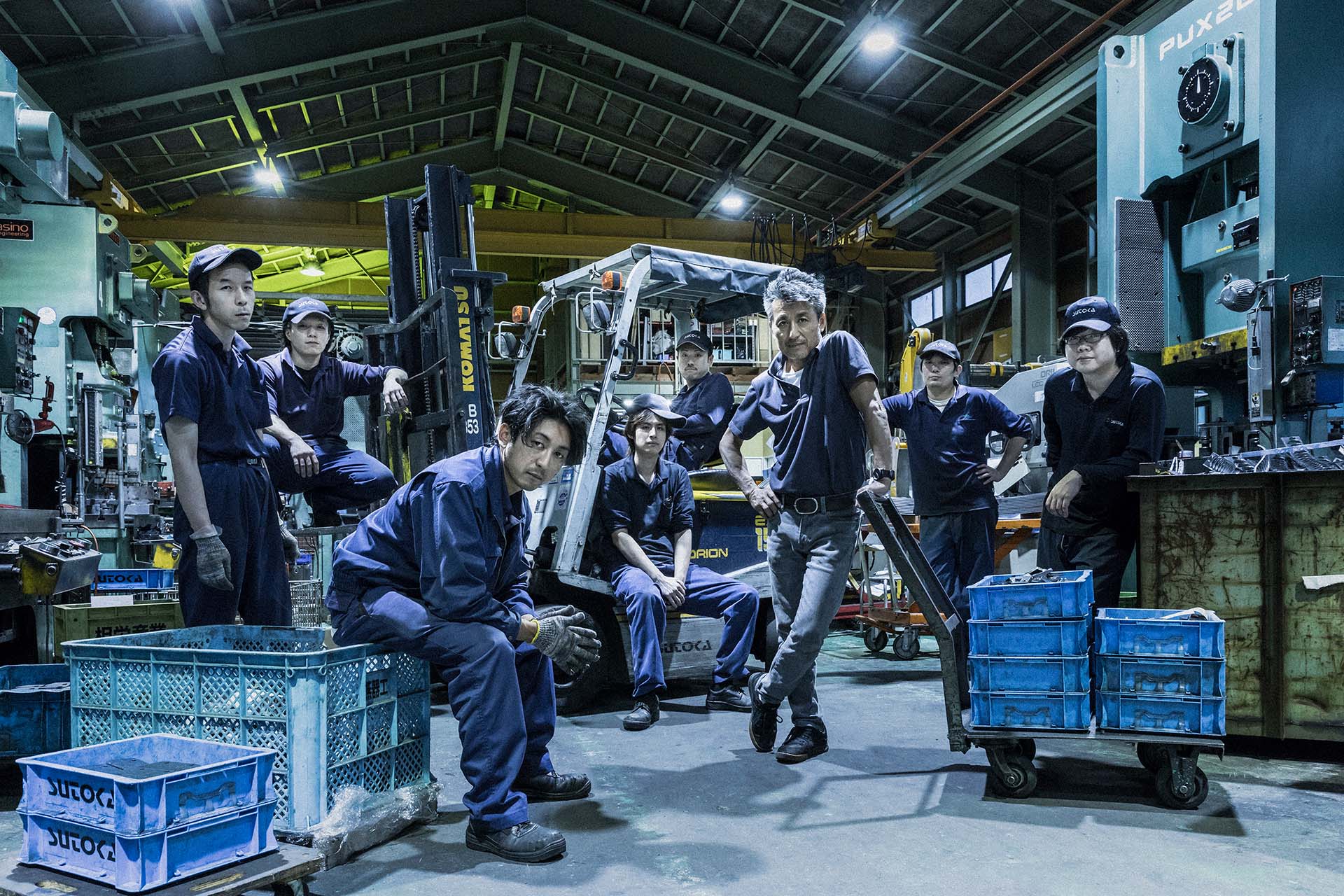
--
The Tsubame-Sanjo Factory Festival takes place in the Autumn. For more information visit kouba-fes.jp
Special thanks to Japan House London for facilitating the interview with SPREAD during the exhibition Biology of Metal: Metal Craftsmanship in Tsubame-Sanjo.
This post is part of Issue n.011 of The Craftsman Newsletter.



